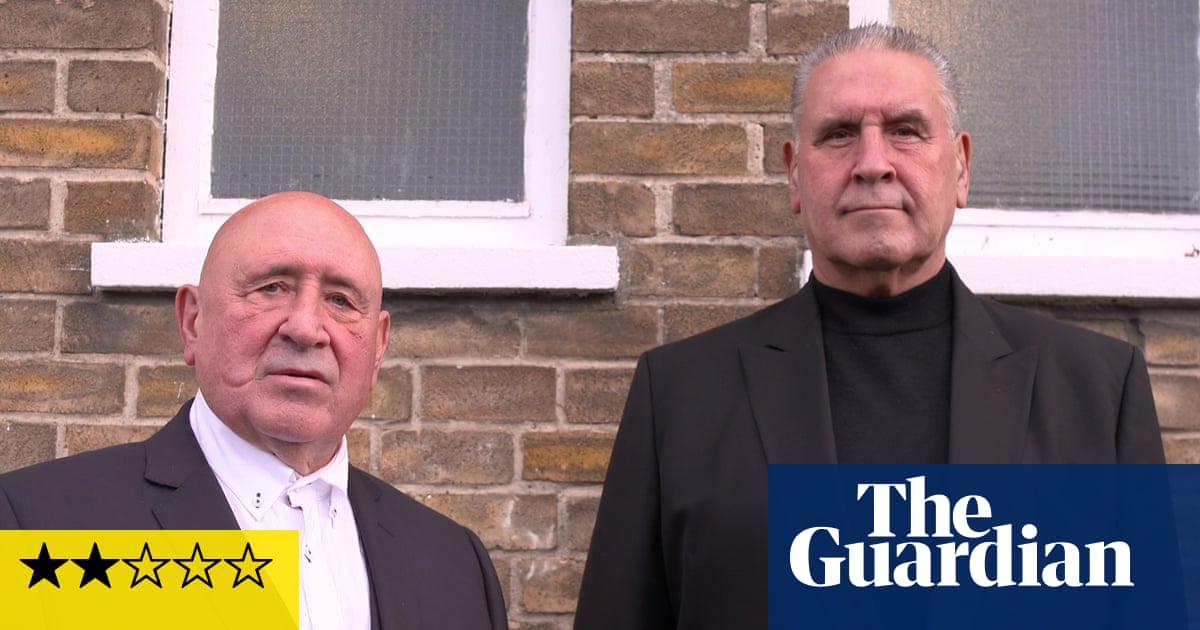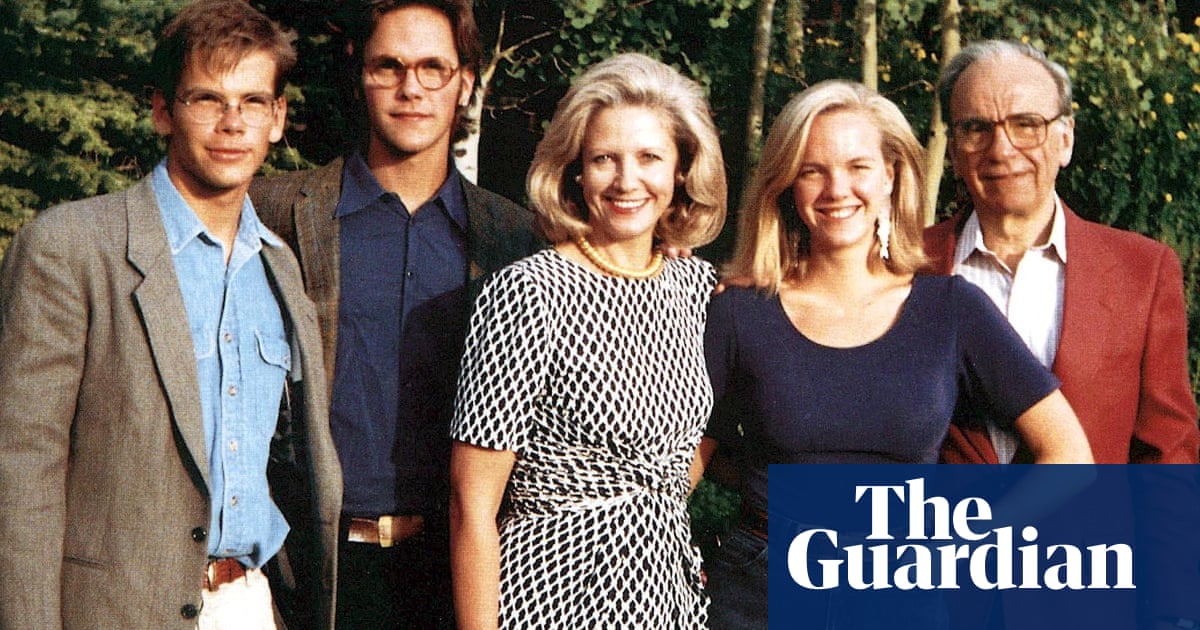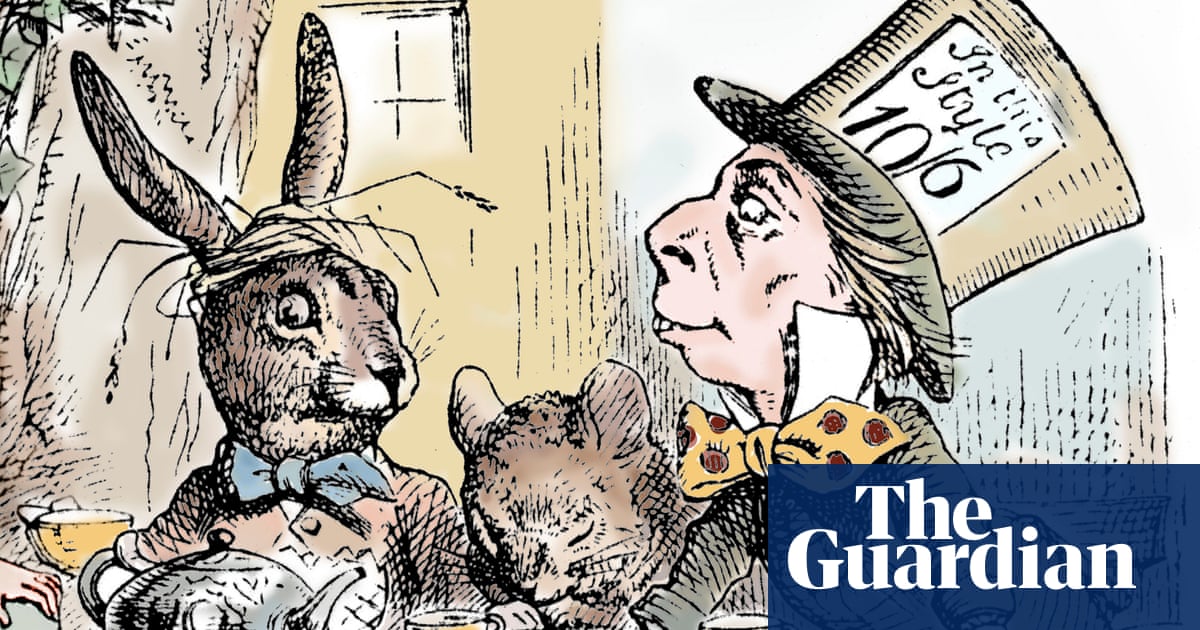
In December 1692, the actor William Mountfort was walking home in London when he stumbled across two young men trying to abduct a famous stage actress, who was also a close associate. The young thespian gallantly attempted to intervene but was brutally run through with a sword and died.
The killing led to a trial that proved a sensation with the public, not least because it entwined the fates of a troupe of actors who were performing William Shakespeare’s Othello, but also because the real-life drama had eerie echoes of the play.
Now a version of Othello from 1655 has come to light and includes, for the first time, the list of the ill-starred cast among its pages. Only about eight copies of this version, minus the cast list, are known to be in the UK. They are all held in British Library collections and rarely come on to the market. The last time one appeared was in auction at Sotheby’s in 1950.
That copy was bought for £170 by Birmingham public library. The latest edition, acquired by rare-book dealer Peter Harrington, has a price tag of £125,000.
“The court case is absolutely fascinating, with loud echoes of the plot of Othello,” said Adam Douglas, senior specialist at Peter Harrington. “Cast lists such as this throw a powerful light not only on the productions themselves but also on the complex interrelations that developed between the actors.”
The real-life plot began as Anne Bracegirdle, one of the first leading ladies of the English stage, walked home on London’s Strand from a dinner party. She had attracted the unwanted attentions of Captain Richard Hill, an army officer at the tender age of 16. With his accomplice Charles Mohun, the 4th Baron Mohun, who was 17, Hill tried to bundle Bracegirdle into a carriage, planning to whisk her away and make her his own.
The plot was foiled when Mountfort stumbled across the scene – but not without bloodshed. Mountfort not only knew Bracegirdle well; they were actors together in the same company performing Othello on Drury Lane. She took the role of Othello’s doomed wife, Desdemona, while Mountfort played Cassio, his loyal lieutenant.
The jealous Hill was convinced Mountfort and Bracegirdle were in a relationship, and as the actor tried to intervene in the abduction, Hill killed him with his sword.
Hill fled first to the Isle of Wight to escape justice and then on to France, leaving Mohun to stand trial before the House of Lords. His connections and young age resulted in an acquittal, prompting the arrest of one journalist for writing that the evidence against him was “strong enough to hang a commoner”.
This rare edition of Othello dates from the interregnum – the period in history from the execution of Charles I in 1649 to the restoration of Charles II in 1660 – when all theatre and drama was banned by Oliver Cromwell, who led the parliamentary army in the English civil war.
The copy of the play was kept until the 1690s, when the cast list of the United Company production was pasted into it. The title role of Othello, the troubled Moorish general who is persuaded to murder his beloved wife Desdemona by his malevolent ensign Iago, is taken by Thomas Betterton, the famous actor-manager who afterwards made the role of “the Moor of Venice” his own.
The supporting role of Roderigo, Othello’s rival for Desdemona’s attentions, was taken by John Verbruggen, using the stage name Mr Alexander, while Frances Maria Knight was cast as Emilia, Iago’s wife.
“In this previously unrecorded cast list, we have several individuals involved in the murder case and the trial to follow,” said Douglas. “First, there is Anne Bracegirdle, the central character in the attempted abduction and, of course, William Mountfort, the murdered actor who played the part of Cassio.”
In the play, Cassio is ambushed and almost murdered by Iago. In real life, Mountfort became the object of the murderer’s jealousy.
“Then there is Frances Maria Knight, witness to the murder, who gave evidence at the trial; and John Verbruggen, under his stage name of Mr Alexander, who went on to later marry Mountfort’s widow, playing Roderigo. He takes part in Iago’s ambush and attempted murder.”
It was not until the Restoration in 1660 that theatre returned. This edition of Othello is thought to have been produced for theatregoers and probably used in an underground production.
Douglas said: “There were only three Shakespeare plays published during the interregnum: The Merchant of Venice, King Lear and Othello.
“Each was published as a single playbook in the quarto format. This small format was intended for playgoers, so it’s interesting that they appeared in a period when all the theatres were closed by government order.
“It suggests that clandestine performances were taking place, with enough people seeing them to create a demand for the text. Othello was one of the first plays performed publicly after the Restoration, so it also suggests its continued popularity.”
This copy of the play is inscribed by a previous owner, M Raper, thought to be from the silk-trading Raper family, whose members in the late 1600s included brothers who were both directors of the Bank of England. Douglas said: “We bought the book through the trade. It was initially acquired from a descendant of the family who kept the volume together.”












